Street racing is a known phenomenon around the world, including here in India. What’s not to like? Tearing down a closed road at high-speed is something many a car enthusiast dreams of.
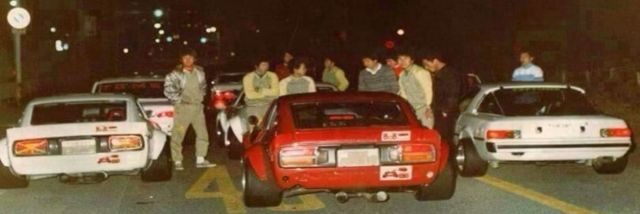
The street racing scene in Japan, however, is truly unique when compared to the rest of the world. Japan has made street racing more popular around the world thanks to the sort of cars available there. Street racing in Japan started all the way back the 1980s and peaked in the ‘90s gaining popularity through movies, video games and anime. In this feature we will talk about Japan’s street racing culture; also known as “Harshiya”.
Japan’s car culture is famous for heavily modifying cars to exploit their full potential. That usually means boosting their aesthetics and performance. Petrol-heads who own these sort of cars meet up late-night at popular parking lots in and around the city and race through the night. One of the most infamous racing teams in Japan was the “Midnight Club” and their cars can still be spotted on racetracks around Japan. These street racers love racing on the Shuto expressway connecting Tokyo and Yokohama. The C1 route is a highway circling round the city of Tokyo which is connected to the Shuto expressway. The C1 loop is home ground for “No good racing”, a racing team whose only requirement is that the member must race in a 1990 Honda Civic Hatchback which they can fully customise and race through the moving traffic in their cars. Now we find classic JDMs and new sports cars from around the world cruising on the highways or just hanging out at car meets, which happen almost every night. One of the most popular locations is the Daikoku-futo parking lot in the Yokohama area. During the day, Daikoku is just a normal commercial parking lot but, at night, all types of cars start filling up the area for what is considered as the biggest car meet in Japan.
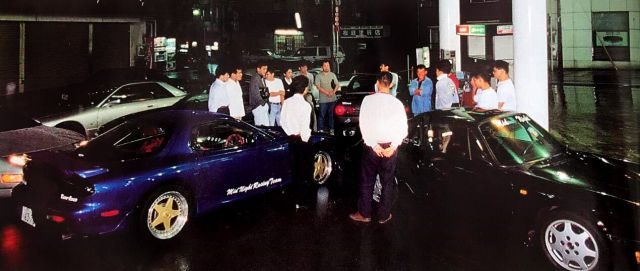
Let’s take a more detailed look at the iconic group, the Midnight Club.
The “Midnight Club” was the premier street racing club of Japan in the 1990s, full of notorious street racers known for pushing their cars to their top speed on the Wangan highway. The members remained anonymous and private, with the individuals prohibited from sharing their names with one another. Non-members who had Midnight Club decals would even find their cars vandalised or burnt.
The Club operated between 1987 and 1999 on the Wangan highway between Tokyo and Yokohama.
The Midnight Club had high entry requirements, one of which was that the racers must have a car which can be driven above 250 km/h. Cars in the club consisted of exotics such as the Lamborghini Countach, Ferrari Testarossa and a plethora of JDM cars including the Nissan 300ZX, GT-R, Toyota Supra, and the Mazda RX-7. New members were taken in as prospects for the first year and only 10 per cent of the prospects would actually make it to the team. The members were forbidden from revealing identities and only used first names. Their meet-ups were announced by the club leader through coded messages in newspaper advertisements. The Midnight Club’s most famous member was the Yoshida Special 930(Porsche 930). It is rumored that the owner spent $2 million (Rs 16.5 crore) for increasing its performance. The Midnight Club disbanded after a race with the local Bōsōzoku biker group after two Bōsōzoku bikers were killed in a brutal crash while racing on the Wangan line with two Midnight Club members and eight other motorists hospitalized.
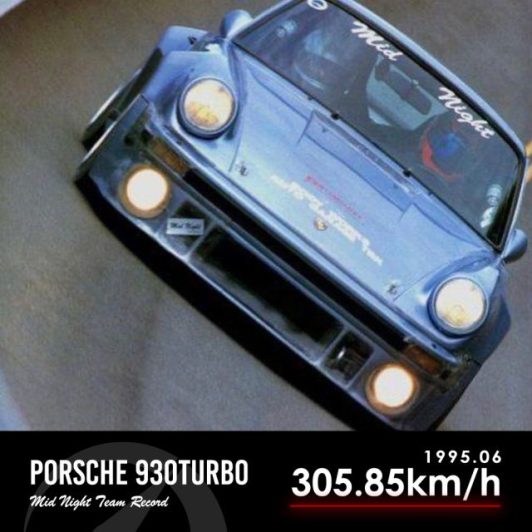
Due to concerns about the safety of motorists and this being a high-profile case, the cars were hidden away or destroyed, and the club was disbanded in 1999. The Midnight Club came out of hiding in 2020 with a fleet of new cars and veteran members. Contrary to previous activities, the Midnight Club has sworn off street racing and now stick to time trials and racing circuits. Rockstar games developed a series of arcade style racing games inspired by the Midnight Club.
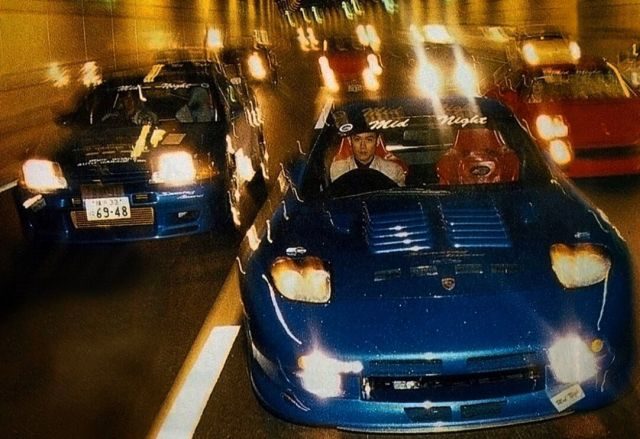
We can’t talk about street racing without mentioning Japan’s drift culture and the famed Keiichi Tsuchiya.
The Drift King
Most of you must be thinking about DK from the movie Tokyo Drift from the Fast and Furious movie franchise but did you know about Keiichi Tsuchiya, the real life Drift King and one of the pioneers of the drifting technique. What many do not know is that drifting was actually invented, unknowingly, by Tsuchiya’s team mate in the Japanese Touring Car Championship- Kunmishi Takahashi. Kunmishi started intentionally over-steering his car during races at an angle to get through corners with more flair. Back then, over-steering was considered an error by drivers. Keiichi learnt the technique from Kunmishi and mastered it outside the race track on tight turns on mountain roads. This gave the drift technique exposure to the general public and motorists who raced on the streets thus giving birth to “touge racing”. A touge is pass on the mountain navigating on tight turns and thin roads. There are two types of touge races: timed race and cat and mouse chase. Keiichi’s legacy is still carried by touge racers and by racers who were pushed out from the cities due to stricter law enforcement.
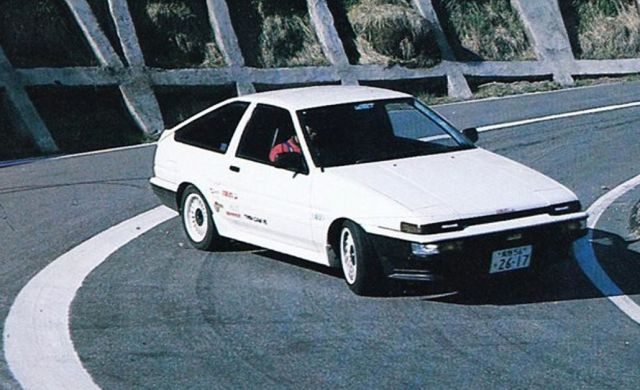
In conclusion, Japan’s street racing culture still thrives on the highways and mountains. Though many racers have moved to the tracks, Japan’s roads are still raced on by the new generation of street racers. Japans’ culture of fitting their vehicles with exhausts, body kits, turbo-chargers and so on, has spread around the world and its impact can even be seen in India. However, the JDM car community is still small here due to a variety of reasons, with the major reason being high import taxes. Take a peek into the Japanese car culture by checking out these videos :
Keiichi Tsuchiya’s guide to drifting: https://youtu.be/di_X8IQLlAw
Daikoku-futo car meet: https://youtu.be/oQ53m96jPNU
Story: Yash Sinha
Also read: JDM Car Culture




